Archive
2020
KubaParis
Als mir der Rucola auf den Staubsauger fiel / When I dropped the rocket on the vacuum cleaner

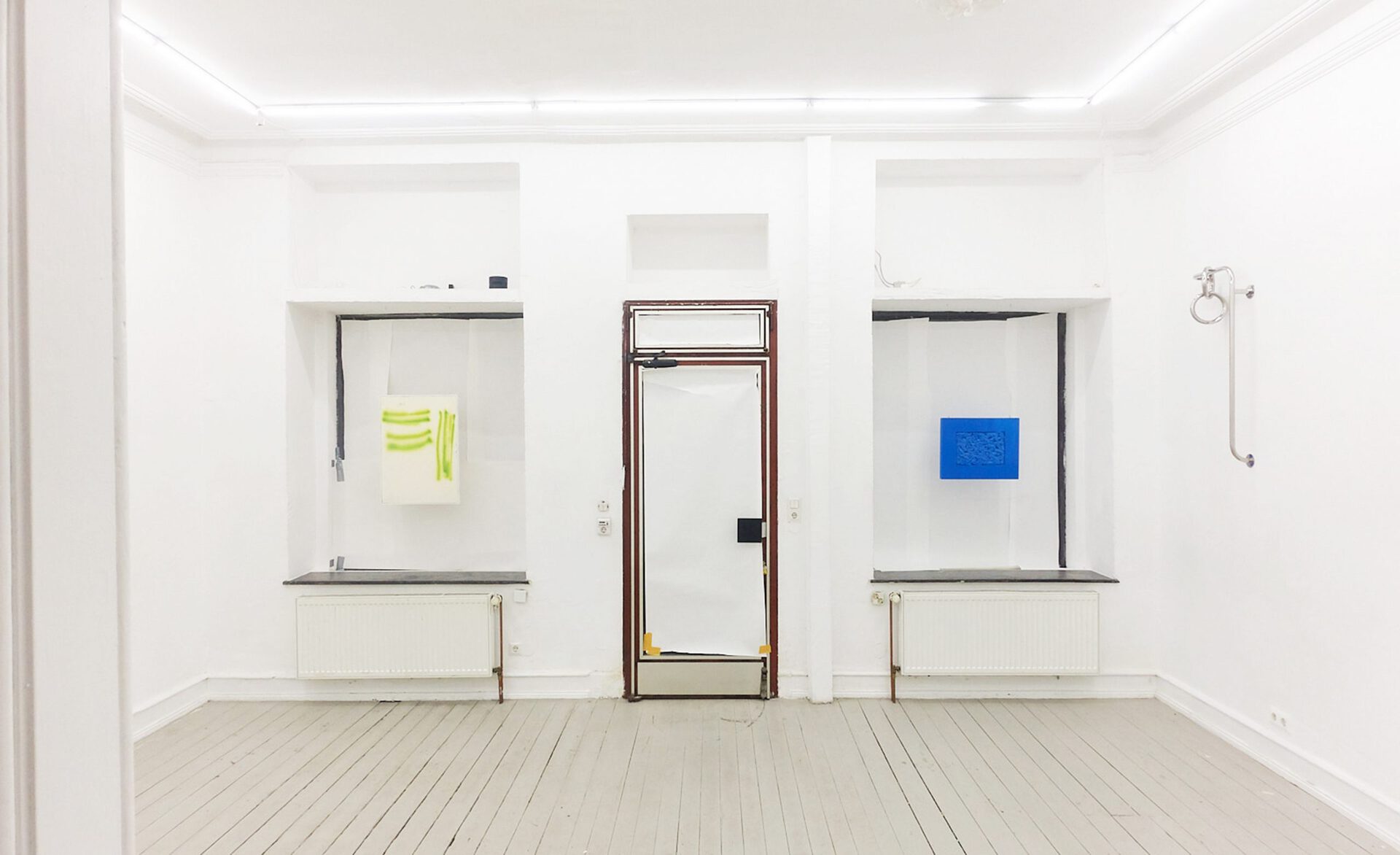
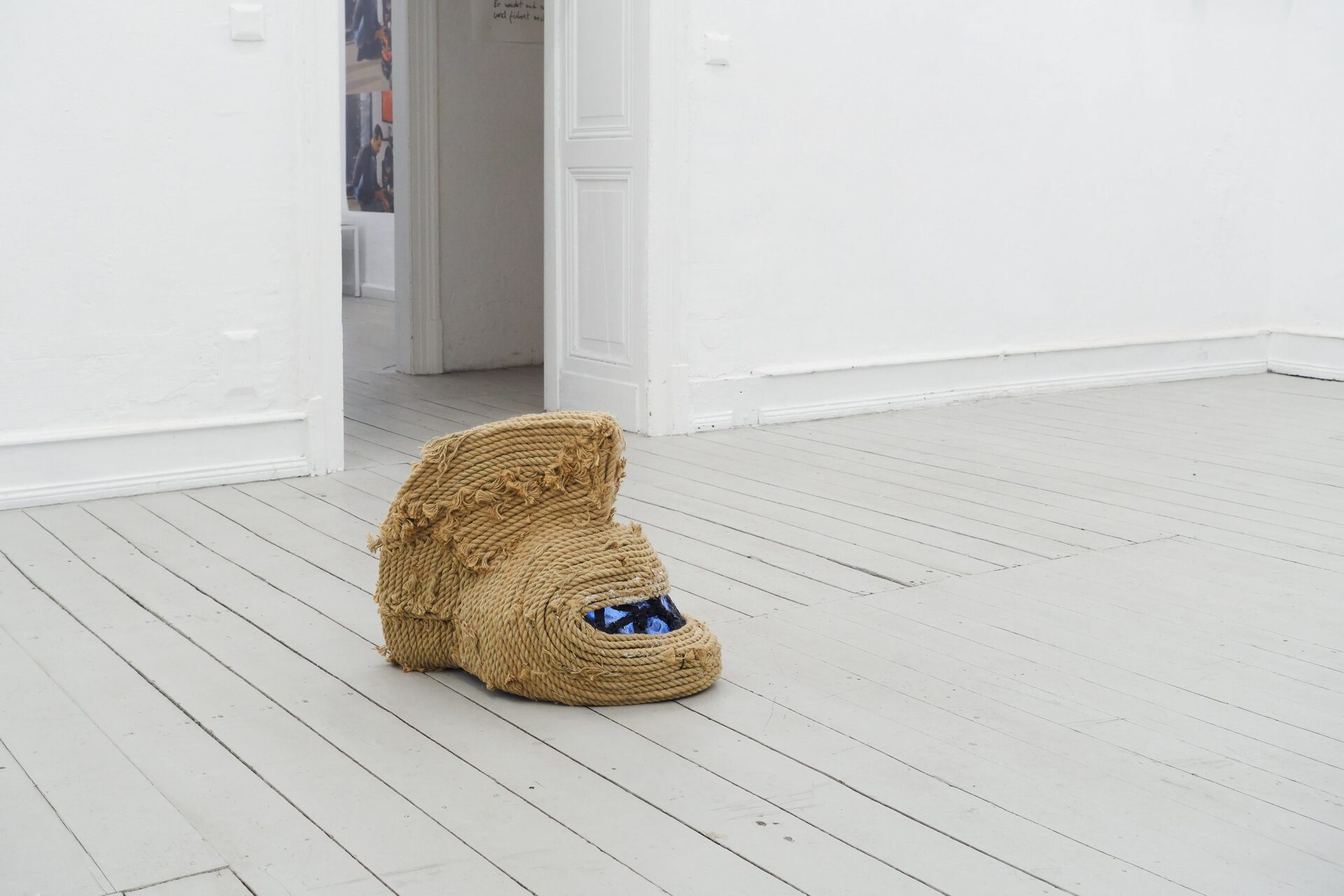
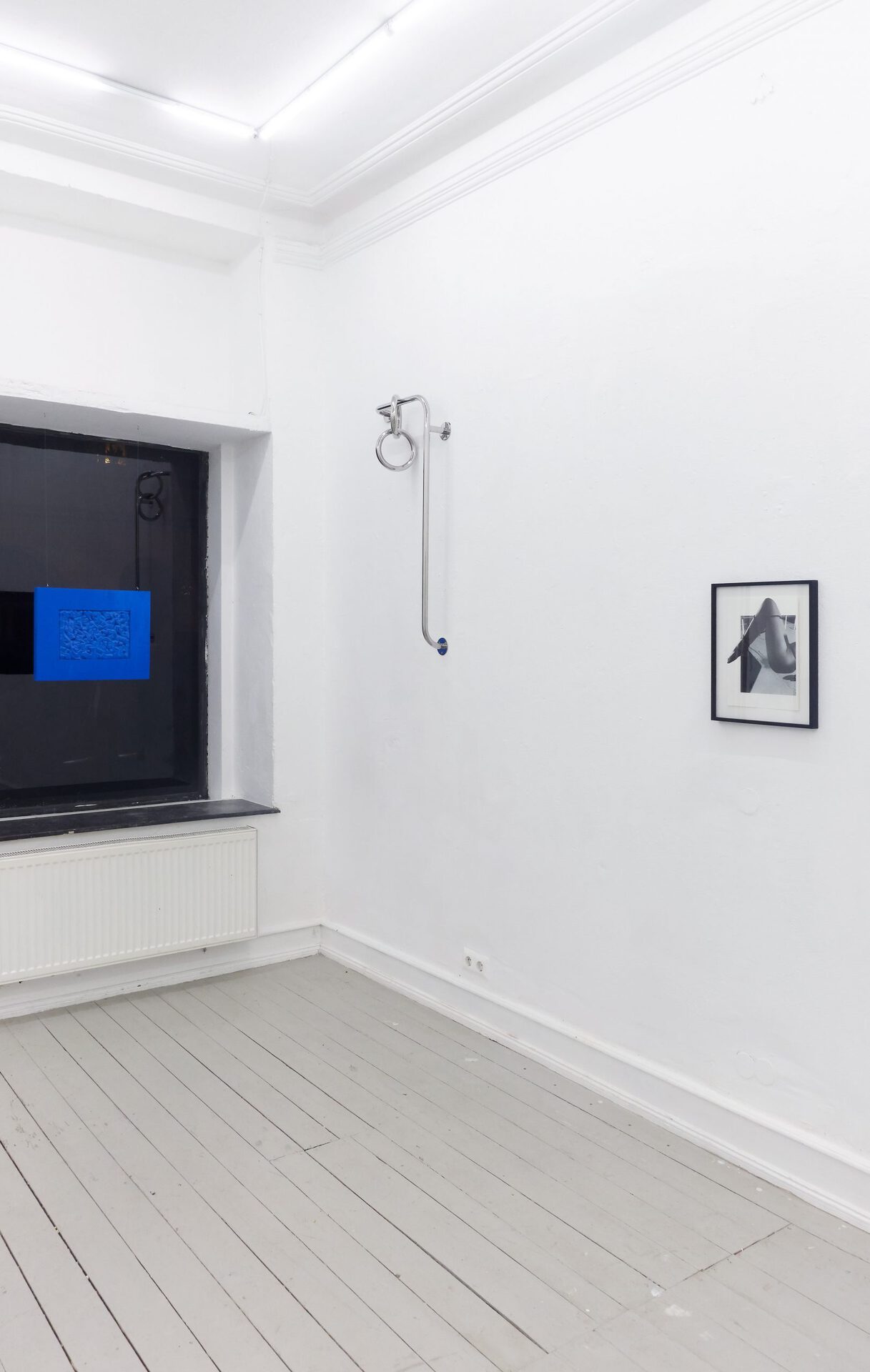


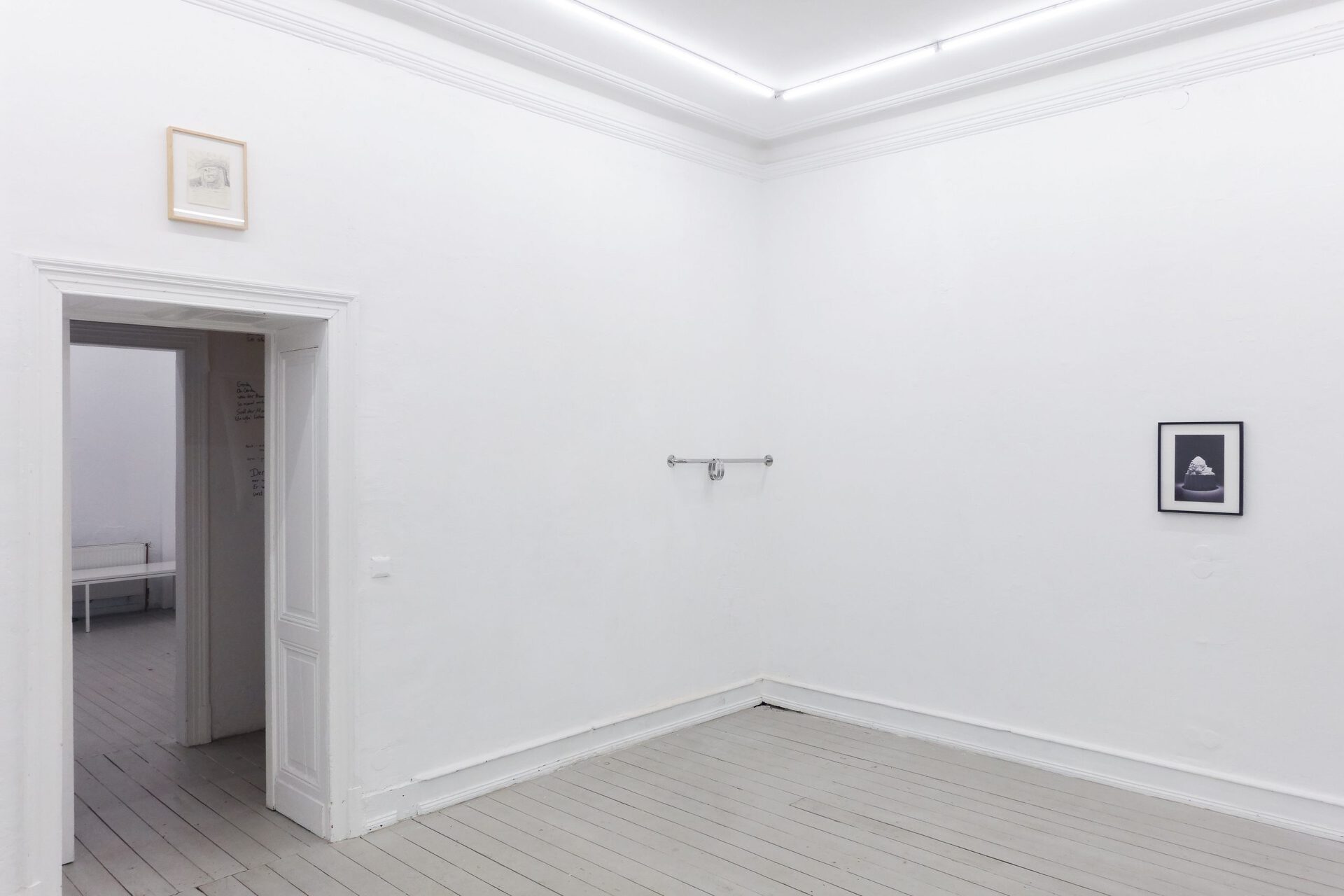


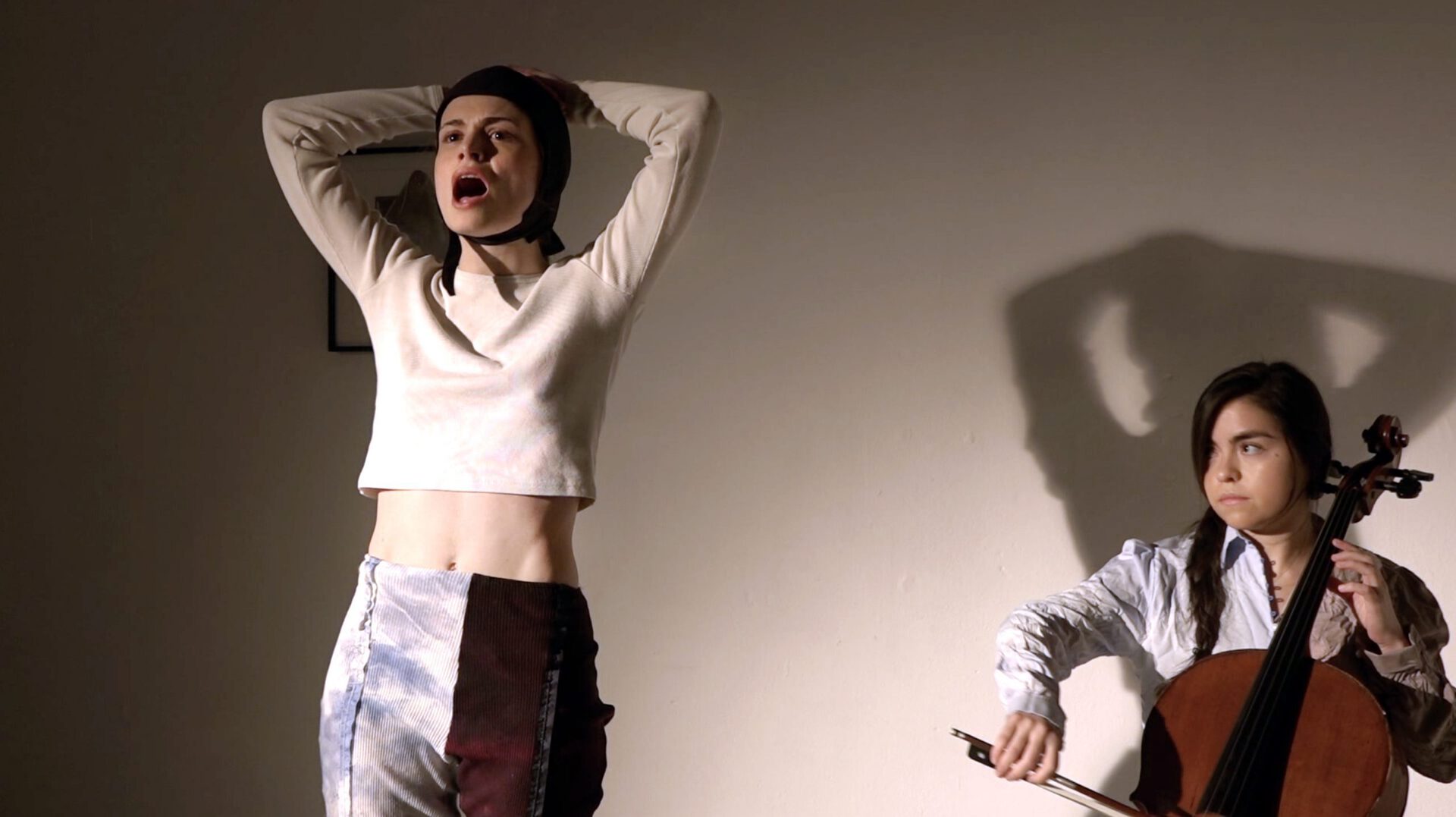

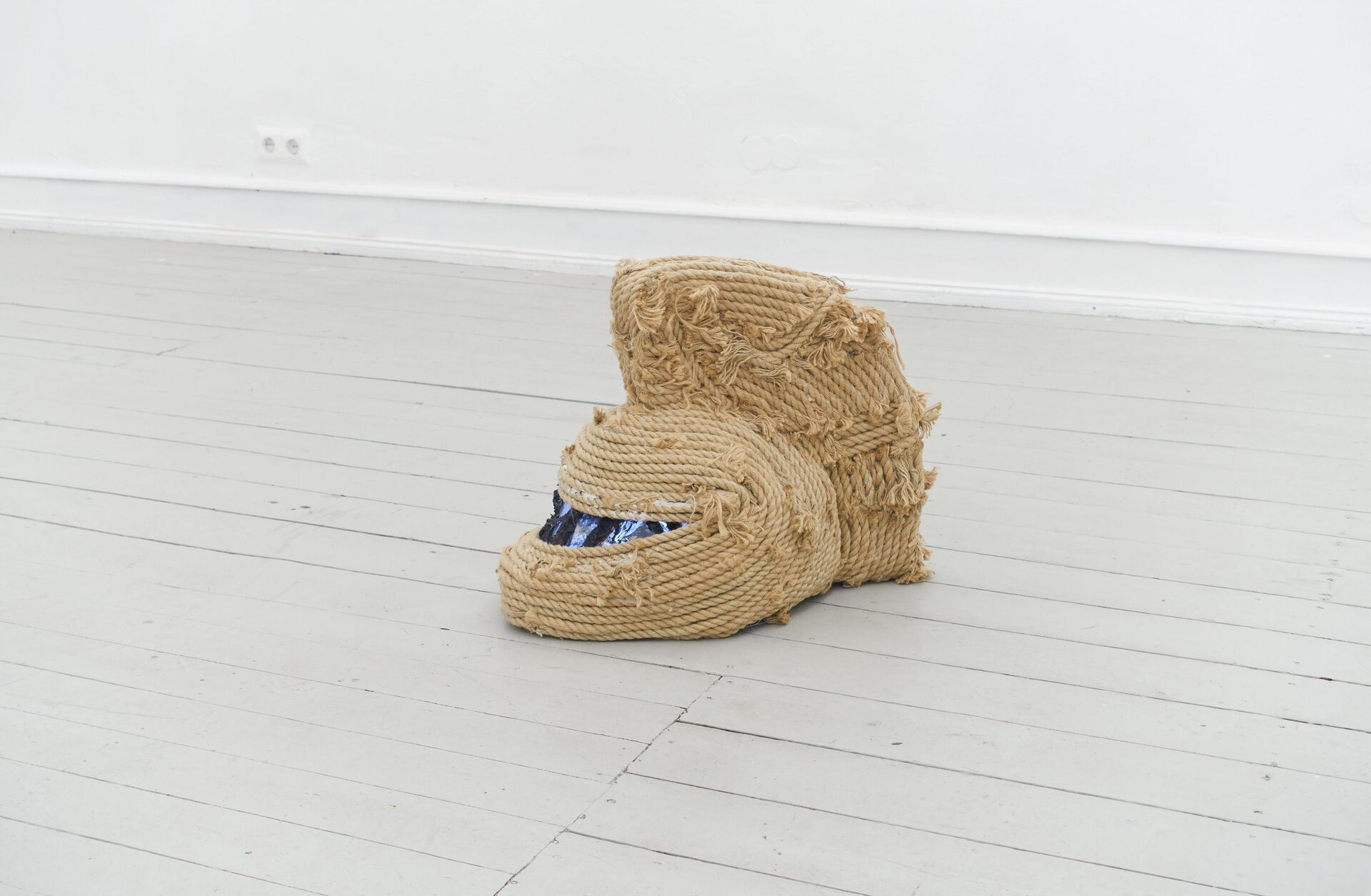
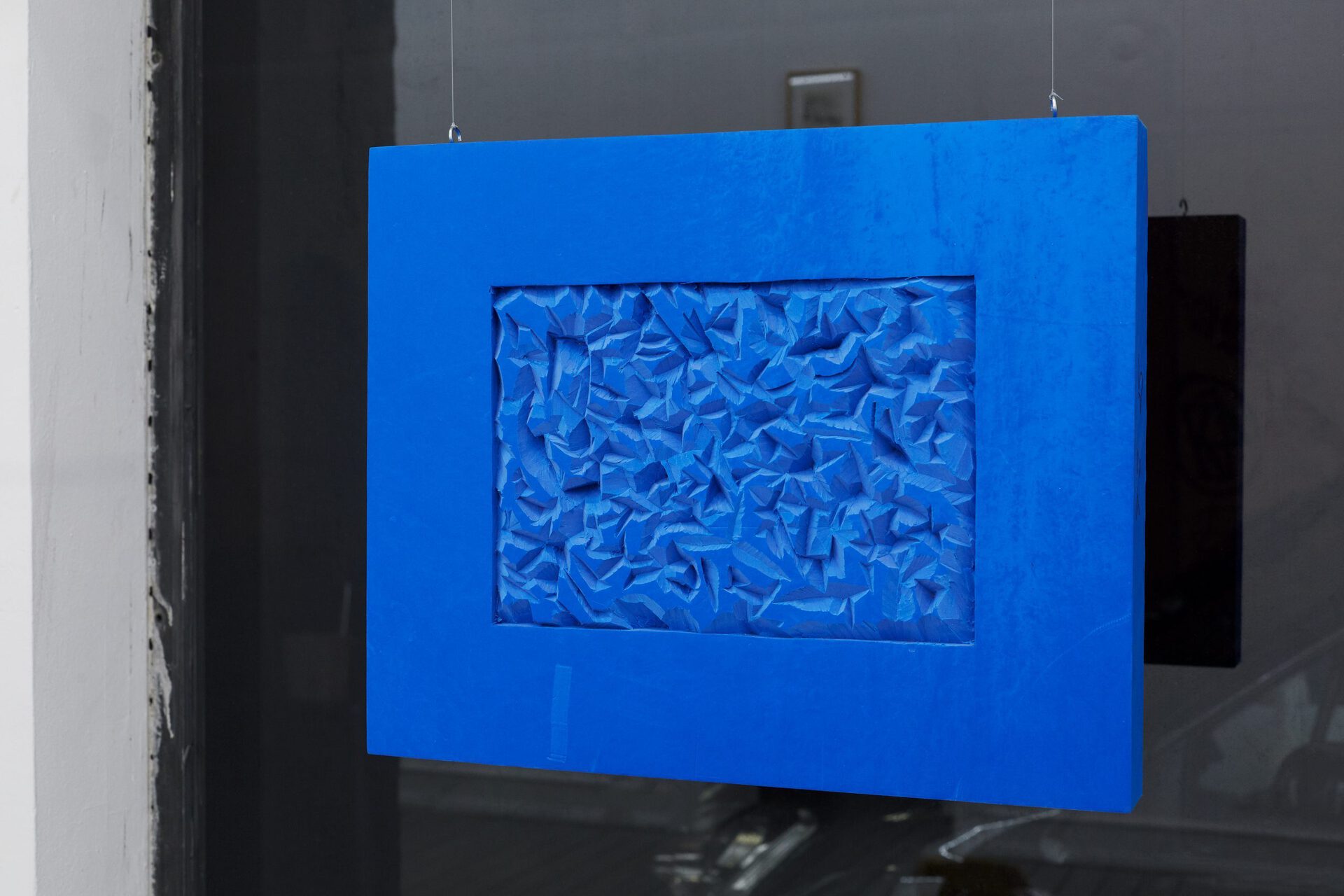
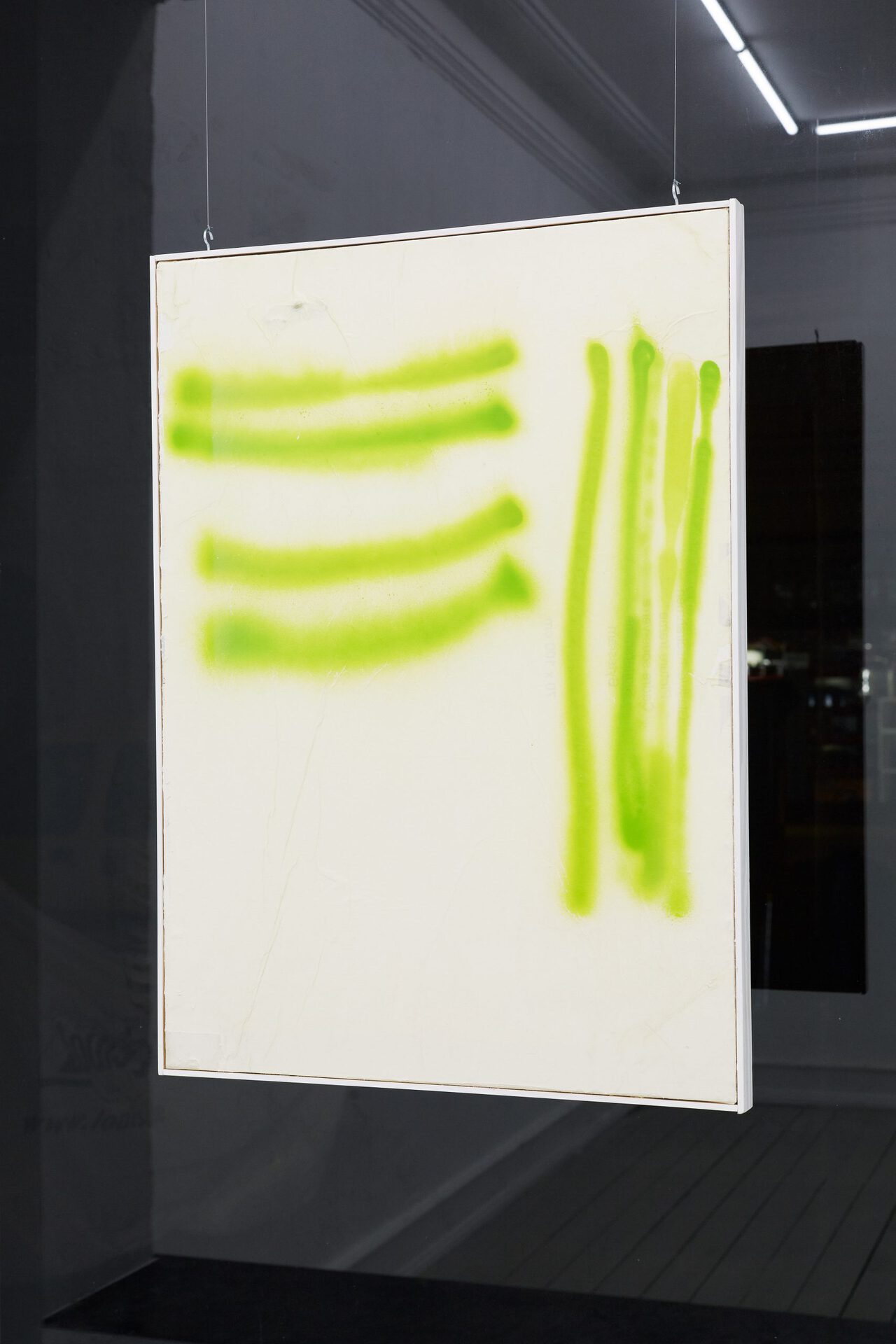

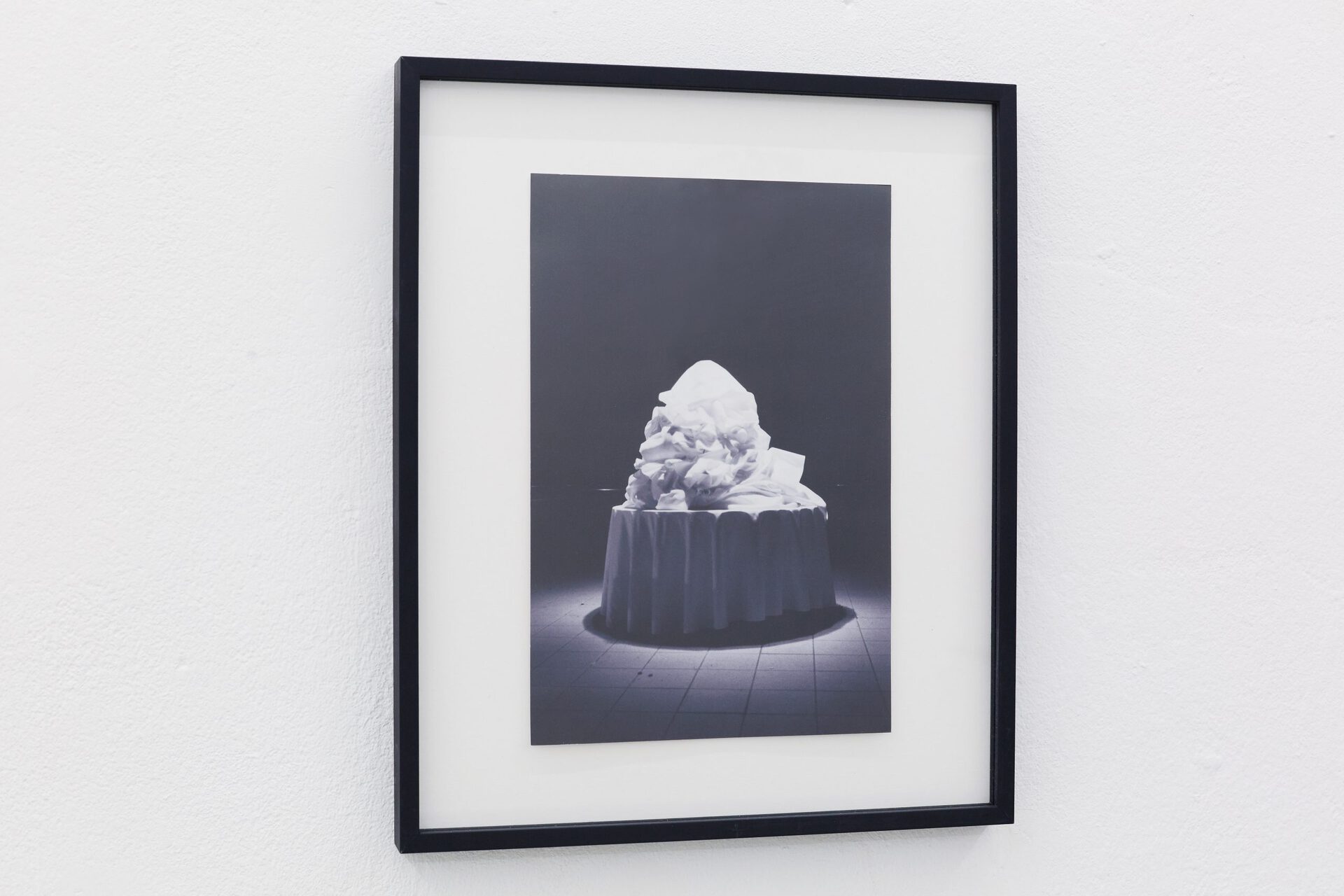


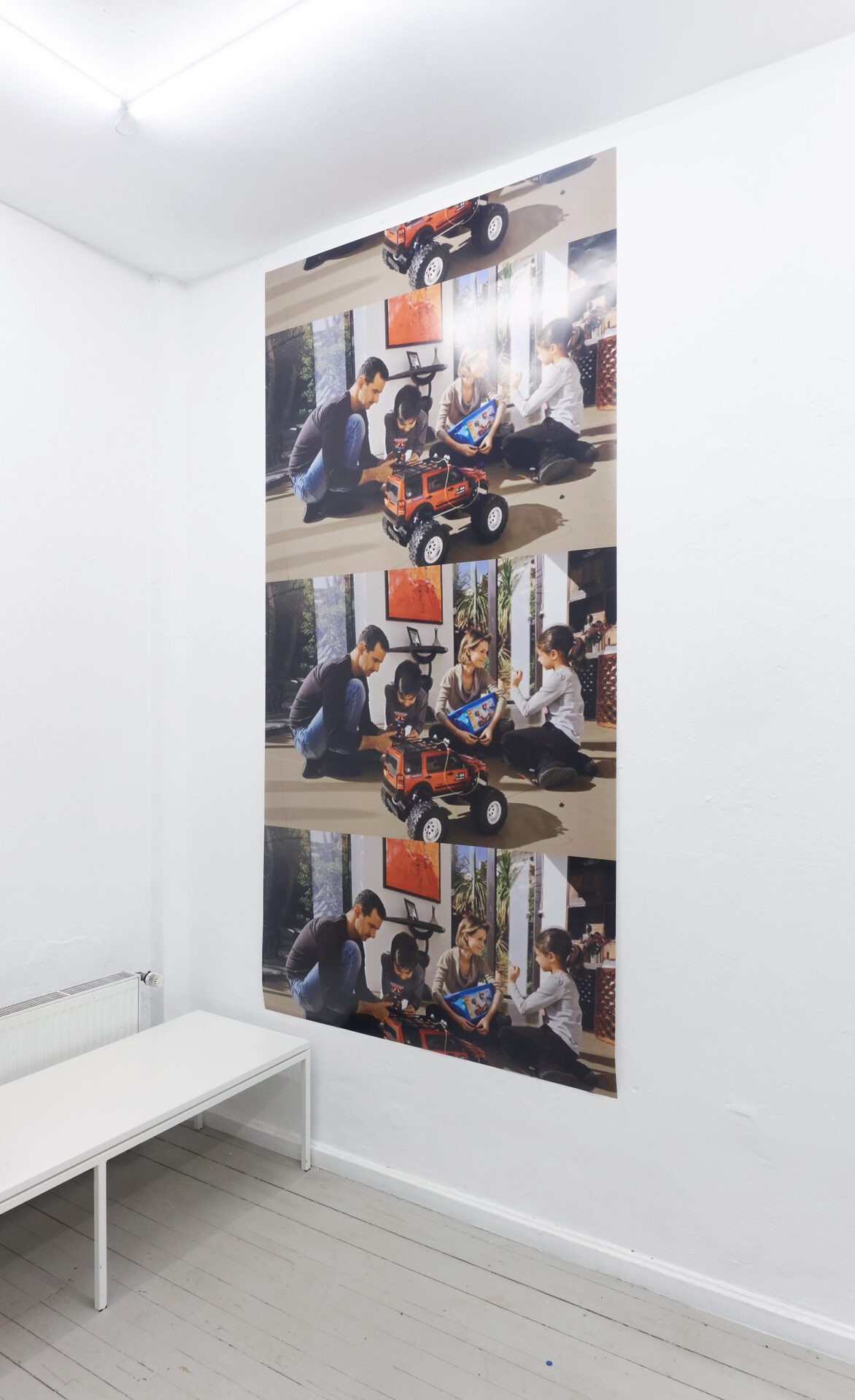
Location
StrizziDate
27.02 –18.04.2020Curator
Alex PilarskiPhotography
The individual does wish to not be disclosed.Subheadline
Die Ausstellung Als mir der Rucola auf den Staubsauger fiel handelt vom Verhältnis der inneren Ästhetik zur äußeren Ästhetik. Darin spielt die Spiritualität ihre Rolle sowie kesse und kecke Elemente. Der visuelle Aushang zur Ausstellung zeigt eine moderne Version eines Propheten in Anlehnung mittelalterlicher Darstellungen. The exhibition Als mir der Rucola auf den Staubsauger fiel / When I dropped the rocket on the vacuum cleaner deals with the relationship between inner aesthetics and outer aesthetics. Spirituality plays its part in this, as do pert and perky elements. The visual for the exhibition shows a modern version of a prophet based on medieval representations. Alex Djidjewdjew, Zuza Golińska, Bernhard Holaschke, Aurel Iselstöger, Pola Mika Lara Kapuste, Magdalena Mitterhofer, David Ostrowski und Philipp Pusch.Text
Exhibition text:
Psalm 23, the Psalm of the Good Shepherd (King James Bible 1611) :
The LORD is my shepherd; I shall not want.
He maketh me to lie down in green pastures:
he leadeth me beside the still waters.
He restoreth my soul:
he leadeth me in the paths of righteousness for his name's sake. Yea, though I walk through the valley of the shadow of death,
I will fear no evil:
for thou art with me;
thy rod and thy staff they comfort me.
Thou preparest a table before me in the presence of mine enemies: thou anointest my head with oil; my cup runneth over.
Surely goodness and mercy shall follow me all the days of my life; and I will dwell in the house of the LORD for ever.
Exhibition Supplement
The democratization of external aesthetics is one of the great developments of the past century, not only in Germany. While in the centuries before secular or spiritual/religious institutions held the sovereignty of interpretation over the concept of art, the more recent development cannot be thought of without the social order increasingly oriented towards the individual.
The development of the inner design was also subject to a process of democratization, which is reflected, for example, in the legislation on religious freedom in a society oriented towards the individual. At the time of the Thirty Years' War, the individual was still obliged to follow the respective religion of the sovereign. Spirituality, as the source of religion, which strives for inner shaping, is democratized. Any approach chosen by the individual is allowed. In
recent times, spirituality has been separated from the inner aesthetics in a society oriented towards the individual. The extent of the democratization of the external cannot be found in this way on the dimension of the internal aesthetics. Morality as the form of the latter moves on a raft of universally valid humanity, which has meanwhile been formulated without spirituality. Shapes in the field of external aesthetics, on the other hand, float along the river in much smaller wooden units. Here, the difference in social function between inner and outer aesthetics becomes clear.
The text of the exhibition is Psalm 23, which stands out in particular for its external form through the poetic achievement of the choice of words and the rhyming scheme.
Its inner form represents the relationship of the individual to God.
Religion is not conceivable without inner form, since it has always been concerned with morality.
Classical religions such as Christianity are losing importance in the cultural consciousness of the individual-oriented society in Western and Central Europe. As an identifying indicator for this development increase of church exits can be employed. In contemporary art, the subject of religion is largely excluded. The core of a religion or its source, spirituality, negotiates existential questions. Existential questions are still subjects of contemporary art and inner aesthetics.
#alexdjidjewdjew,
#zuzagolinska
#bernhardholaschke
#aureliselstöger,
#polamikalarakapuste,
#magdalenamitterhofer,
#davidostrowski,
#philipppusch,
#alexpilarski
Alex Pilarski